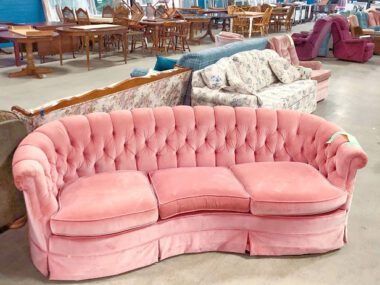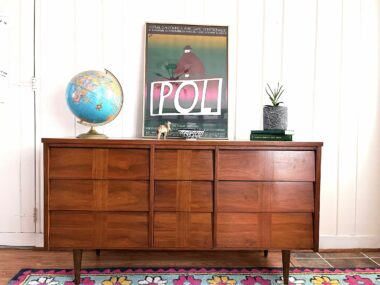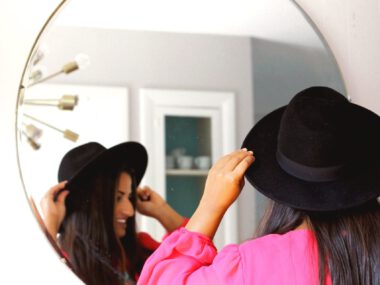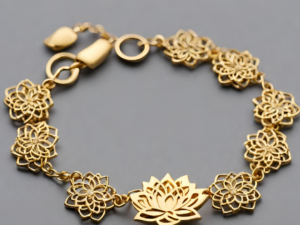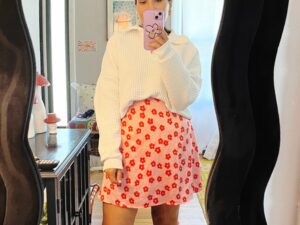Painting your house is not merely about applying a fresh coat; it’s about converting your living area into an emotional sanctuary. The colors you select can greatly affect the mood and vibe in each room, impacting everything from relaxation to productivity. Enter the world of color psychology – where shades speak volumes about our subliminal feelings and emotions.
Let’s take a look at how different colors can influence the atmosphere of your house so that you can create spaces that reflect the mood you want them to have.
The Power of Color Psychology
Color psychology is a science that deals with how different colors affect human behavior, mood, and perception. It is an ever-changing discipline that studies both individual and cultural responses towards color. Every color has its own unique ‘feeling’ ranging from calming blues to energizing yellows which makes it important when considering interior design.
Choosing Colors for Your Living Room
Living rooms are often seen as hubs where people relax, entertain guests, or hang out with friends. Given their multifunctional nature, it would be best if you could find ways through which you blend comfort with aesthetics, here are some colors to consider:
- Calming Blues: Calm blues create a sense of peace and tranquility hence making them perfect for promoting relaxation in the living room. Soft powder blue or seafoam green will help you achieve this type of feeling thus ideal for unwinding after work
- Elegant Grays: Gray comes across as being sophisticated but versatile too because there are many ways one could use accents such as texture or color against its backdrop. For instance, painting your fireplace in chic gray tones can add modernity to any space while still acting as a focal point during gatherings
- Warm Neutrals: Neutral tones like beige, taupe, or ivory provide warmth within themselves therefore making them suitable for creating inviting backgrounds in any living area. These forever stylish shades blend with different decor styles ranging from traditional to date thus giving off an understated sense of class
- Vibrant Accents: Vibrancy should never be underestimated when it comes to interior design, especially for sitting areas where people spend most of their time awake. Therefore do not shy away from incorporating bursts of color into your living room space through throw pillows, artworks, or even ornamental objects since these can breathe life into the setting.
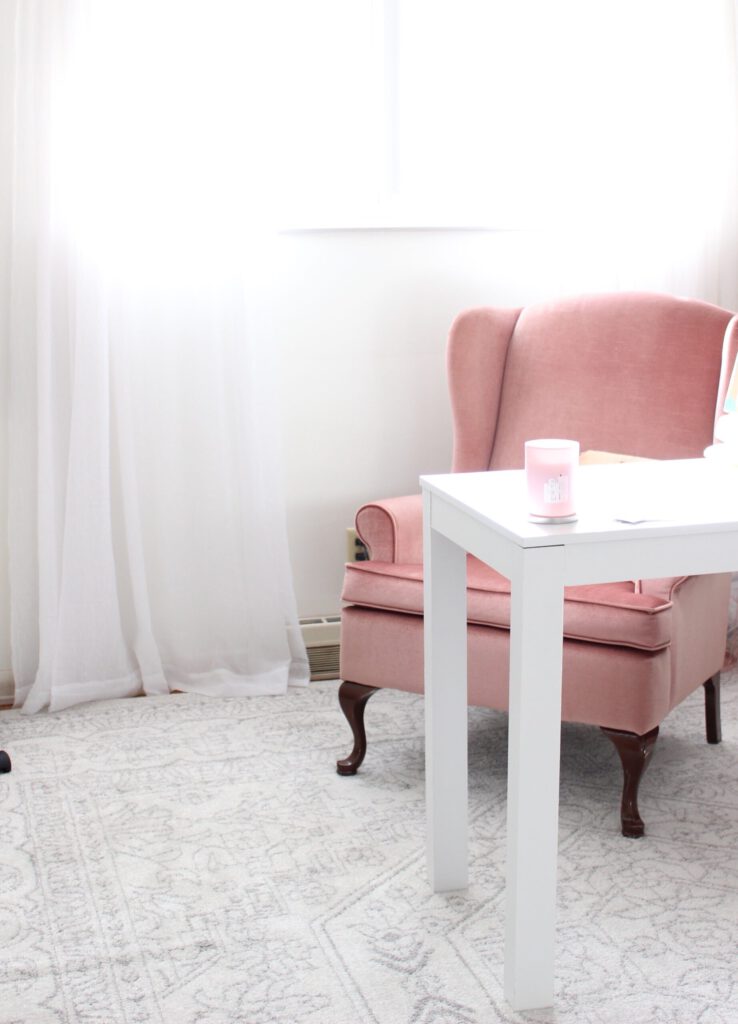
Creating a Cozy Atmosphere with Warm Tones
Warm colors such as reds, oranges, and yellows tend to glow with energy thus making them great choices for establishing snug feelings within homes. These particular hues can create an atmosphere filled with comfort that promotes conversation and closeness between individuals occupying such spaces.
- Rich Reds: Red is commonly known for being passionate, vibrant, and stimulating which explains why it makes an excellent option either as an accent wall or statement furniture piece within the sitting room area. In fact, deep velvety reds can produce dramatic effects while lighter shades like coral or salmon will give off cheerful vibes
- Sunny Yellows: Yellow represents happiness as well as optimism hence bringing warmth plus brightness wherever used at home. Soft buttery yellow tones work wonders by illuminating rooms more especially those meant for entertaining guests or lazy Sunday afternoons
- Organic Oranges: The orange color is attractive for its potential to give off energy, enthusiasm, and creativity which makes it a perfect choice for decorating your living room. Whether you opt for a terracotta accent wall or drape the couch in soft peach throws, using this warm shade will fill your space with heat and vibrancy.
Calming Down With Cool Tones
Cool colors like greens, purples, and cool blues can create a sense of calmness and tranquility within your house. These relaxing hues are great at inducing sleep thus making them perfect for bedrooms as well as bathrooms where people need to unwind after long working hours.
- Peaceful Greens: Green is often associated with nature, growth, and harmony hence being considered an excellent option for achieving peace and balance in any home setting. Light minty greens or faded mossy tones resemble tranquil oases where one can find solace away from daily life pressures.
- Relaxing Purples: Purple stands out as the color of royalty, luxury, creativity, and spirituality which explains its preference for bedroom spaces or meditation areas. Lavender shades may help foster restful sleep while eggplant or plum-inspired deeper hues add an air of opulence to any place they are used.
- Cooling Blues: Blue is loved universally due to its calming effects thus making it ideal for use in places such as bedrooms, bathrooms, or lounges set aside for relaxation purposes. Incorporating blue into your house decor whether icy shades or soft aquamarine can create a peaceful environment full of serenity.
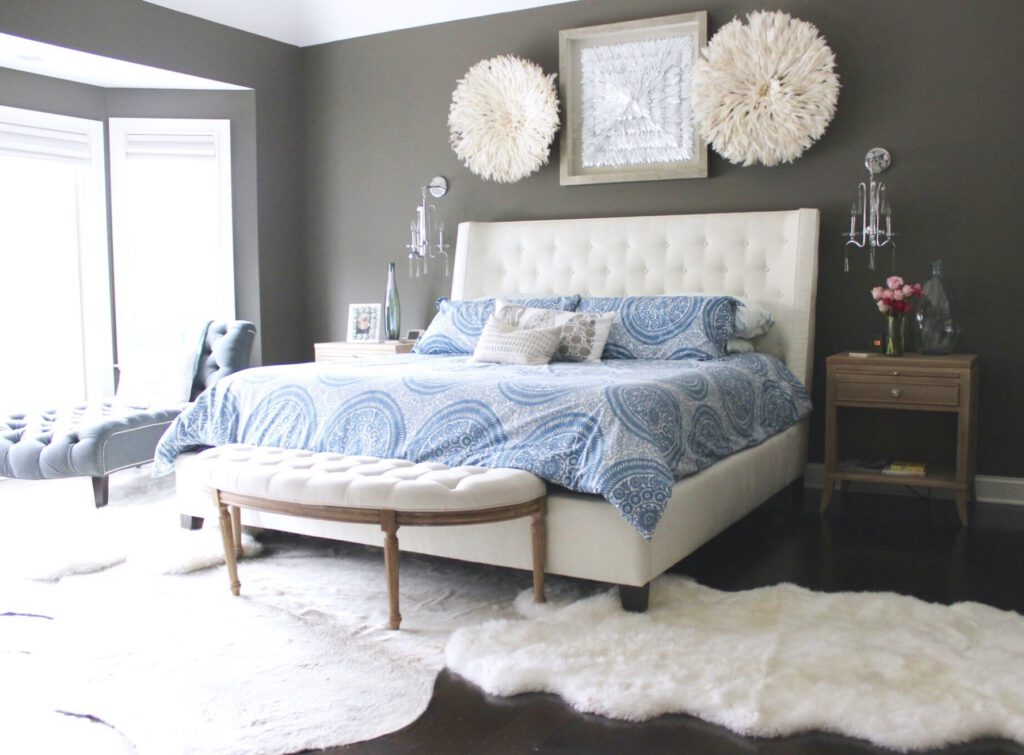
Tips on How to Choose the Right Colors
When picking paint colors for your home there are a few things that you should take into account to achieve harmony within the design:
- Lighting Considerations
Natural light together with artificial lighting can greatly affect how colors appear in a room so ensure you try paint samples under different lights throughout the day.
- Stay True To Your Style
Choose colors that reflect your personal style and taste preference because, after all, it is our homes that should tell people who we are. Whether it’s strong bold shades or gentle pastel ones, let them be a reflection of what makes us unique individuals.
- Think About The Flow
You should think about how one room’s color will transition into another space next to it so that it can have a perfect blend. Try to come up with an overall color scheme where each shade complements the other thus creating flow throughout the entire house.
- Experiment With Sample
Before you settle for any particular paint color, test various samples on different parts of the wall inside your house to get an idea of what they will look like once applied. This way you get to see the expected outcome thereby making sure that whatever decision is made brings satisfaction.
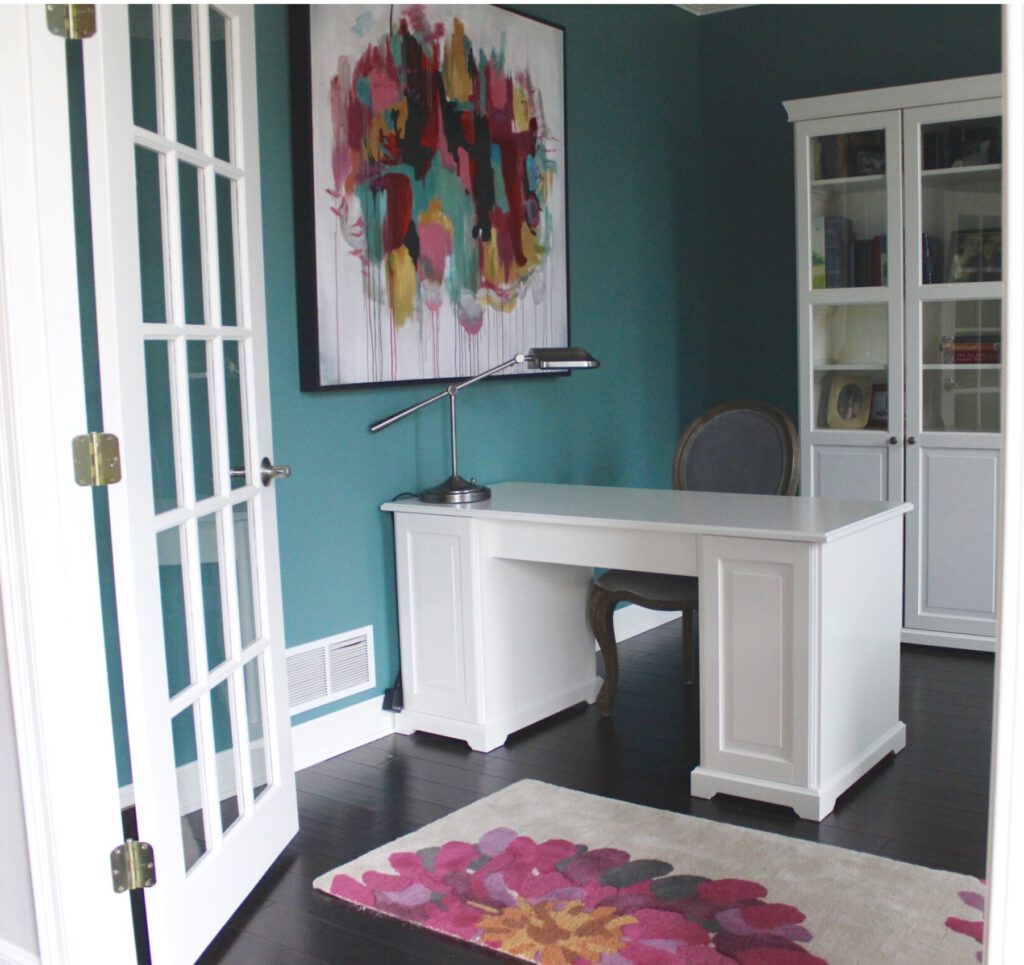
Bottomline
With this understanding of how colors work on emotions through psychology, anyone can turn their home into a stylish emotional oasis. If rest, motivation, or bonding is needed – then the right paint works best for different spaces within the house. Therefore do not suppress your artistic side but rather let loose as much as possible because each residence has its own story told through hues chosen.

